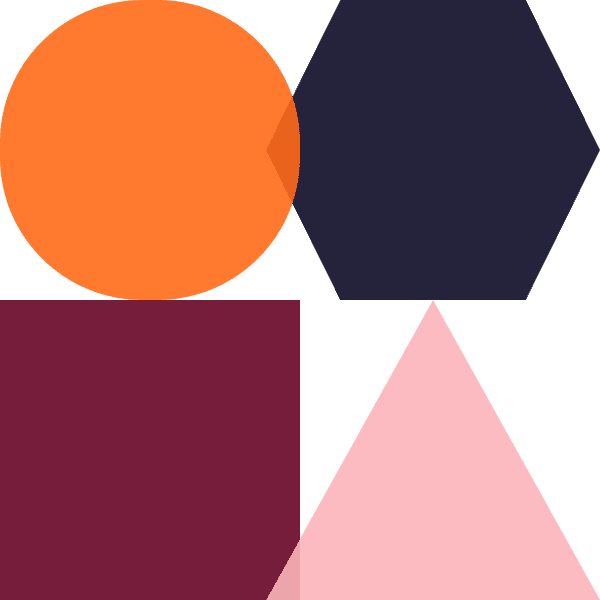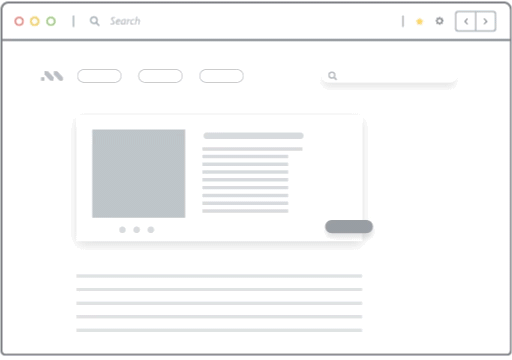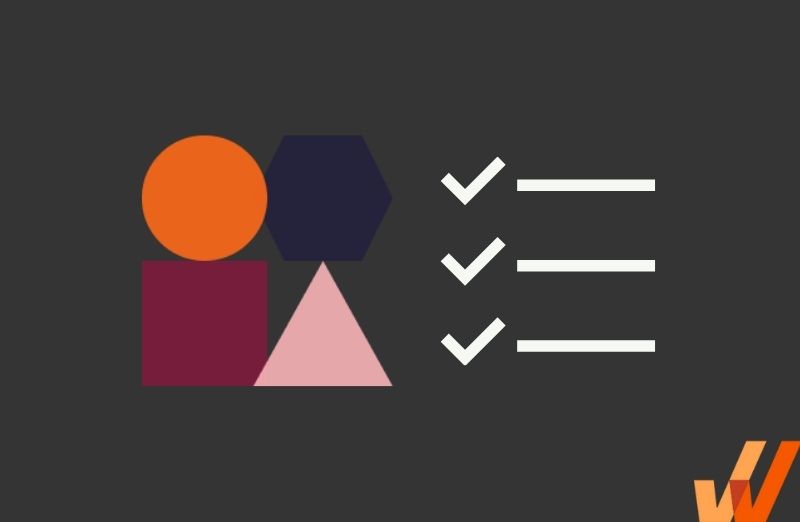13 Strategies for Successful Change Implementation (2024)
- Published:
- Updated: March 4, 2024


Whether a shift in enterprise strategy, new technology adoption, or a restructuring initiative, the success of any organizational transformation hinges on how well it is executed and implemented
In this article, we explore the intricacies of change implementation, exploring the key implementation strategies that pave the way for seamless and sustainable change within the corporate landscape.
From understanding the psychology of change management to navigating resistance, this article aims to provide valuable insights for leaders and change agents seeking to navigate the ever-evolving landscape of business and innovation.
What Is Change Implementation?
Change implementation is the process of translating planned changes or initiatives into action. It involves executing the strategies and action plans developed during the change planning phase, allocating necessary resources, communicating effectively with stakeholders, and monitoring progress. Change implementation is a pivotal step in the change management process, aiming to bring about the desired changes in processes, structures, systems, or behaviors. It requires careful coordination, adaptability, and engagement to ensure that the organization successfully adapts to new conditions, achieves its goals, and realizes the anticipated benefits of the change.

13 Strategies for Successful Change Implementation
Here’s a list of 13 change implementation strategies to help support your change initiatives.
1. Secure buy-in from the entire organization
A report from McKinsey suggests that ownership and commitment to change across all levels within an organization is one of the most significant factors that determine an implementation outcome.
It is essential to include all key stakeholders, from leadership and management to executives, to minimize an organization’s resistance to change. This makes employees feel heard, included, and valued, allowing for any conflicts to be aired early in an implementation project and quickly resolved.
For example, within Toyota’s organization is a process called the Toyota Production System that emphasizes the culture of Nemawashi (translated to “laying the foundation”). Before any change is implemented, all key information on the change implementation project is shared with all employees to inform them of the project, as well as obtain consensus and feedback.
2. Identify change scope
Identifying change scope is a crucial step in change implementation as it defines the boundaries and parameters of the change initiative. It involves determining the extent and depth of the changes to be made, including the specific processes, systems, departments, or individuals affected. This clarity is essential because it helps in setting realistic expectations, allocating resources effectively, and managing stakeholders’ understanding of the change.
By clearly identifying the change scope, organizations can focus their efforts, minimize potential disruptions, and ensure that the implementation process remains well-defined and manageable, ultimately increasing the likelihood of successful change adoption.
For example, Motorola failed to retire its analog models’ post-digital innovation and lost its battle with its main competitor, Nokia, who seized the opportunity. Ultimately, Motorola lost its leadership position in its niche and was left with a poor market share of 14%.
3. Clearly define objectives and goals
Defining objectives and goals provides a roadmap for the entire change implementation process. When objectives and goals are well-defined, they offer a clear and measurable vision of what the change aims to achieve. This clarity not only guides decision-making and resource allocation but also serves as a source of motivation and direction for all stakeholders involved. It aligns the efforts of individuals and teams, helping them understand their role in the change process and what success looks like.
Additionally, well-defined change management KPIs, objectives, and goals facilitate effective communication, allowing organizations to convey the purpose and benefits of the change, which is crucial for garnering support and buy-in from employees and stakeholders.
4. Change champions and advocates
Change champions and advocates play a pivotal role in driving the success of your change initiative. Change agents are passionate and influential employees who enthusiastically support and promote organizational change.
They serve as role models, helping to build enthusiasm and trust among their peers. Advocates, often found at higher levels of the organization, provide credibility and support from leadership, which can be instrumental in overcoming resistance and inspiring confidence in the change. By harnessing the dedication of champions and the influence of advocates, organizations can create a network of individuals who actively champion the change, encourage others to embrace it, and ultimately contribute to its successful adoption.
5. Assess and mitigate resistance
Resistance to change is a common and natural reaction among employees. Understanding the sources and reasons behind this resistance allows organizations to proactively address concerns, fears, or doubts that may hinder the change process.
An effective technique for identifying these sources of resistance is force field analysis. By identifying potential barriers early on, organizations can tailor their communication, training, and support efforts to mitigate resistance effectively.
This proactive approach helps build trust, gain employee buy-in, and create a more receptive environment for the change. Additionally, addressing resistance promptly can prevent it from escalating and potentially derailing the change initiative, ultimately increasing the likelihood of a successful implementation.
6. Create a cross-team change management project team
Each enterprise change management implementation plan will have multiple, smaller projects that require a focused, cross-functional team. When team members have clearly defined roles, the ownership and commitment to that change plan increases, bringing the required expertise to address each unique issue – which allows an implementation plan to build the new infrastructure from the ground up.
7. Prepare for change with open communication
Before implementing a change to your processes, it is recommended to communicate clearly with your employees to explain why the change is happening, how it will benefit the organization, and the individual benefits of accepting change for your employee’s day-to-day. Transparency in change management communication is critical, as it prepares your workforce for accepting change at an individual and company-wide level.
8. Build a change implementation plan
A successful change implementation requires a detailed plan to highlight critical milestones systematically. For an effortless rollout, you need to plan for the following aspects: project scope, integrations, resources, communication, time, cost, procurement, and risks. A practical implementation plan accelerates the pace of implementation by anticipating and overcoming barriers and resistance to change before they happen.
9. Train employees
Training employees for change is a crucial step in change implementation as it equips them with the knowledge and skills needed to adapt to new processes, technologies, or behaviors effectively. Proper training helps reduce anxiety and resistance, empowers employees to embrace the change, and ensures a smoother transition.
The Whatfix digital adoption platform plays a significant role in this process by providing on-demand, interactive, and personalized training and support directly within the software or application employees use. It offers step-by-step guidance, tutorials, and real-time assistance, allowing employees to learn and apply new processes seamlessly.
Whatfix’s analytics capabilities also provide insights into how employees are interacting with the new systems, enabling organizations to tailor training materials and support to specific needs and pain points. Overall, the platform enhances the training experience, accelerates proficiency, and contributes to the successful implementation of change initiatives.


10. Monitor progress and feedback loops
Regularly assessing the progress of the change initiative allows organizations to identify potential issues, roadblocks, or deviations from the planned course. This information enables timely adjustments and corrective actions, ensuring the change remains aligned with its objectives.
Moreover, establishing feedback loops by gathering input from employees and stakeholders provides valuable perspectives on their experiences, concerns, and suggestions. This feedback fosters a sense of ownership and engagement among those affected by the change and helps refine the implementation process for greater success.
11. Launch small-scale pilot launches for change
Instead of rolling out a change that directly impacts the entire organization at once, launch small-scale pilots to test if there are technical issues with the change or if your employees or customers face issues due to the deployment. Look to leadership and early adopters in your organization to drive change by championing the initiative. This buy-in is reflected in a top-down approach and trickles acceptance of the change throughout the organization.
12. Set deadlines
During the pilot test, you may encounter obstacles or modify your solutions to best suit your business requirements. However, this process can be endless if left unmonitored. Therefore, setting a realistic and practical deadline for your pilot testing and the full launch is essential and should be communicated to all your employees.
13. Document and share success stories
Documenting and sharing success stories serves as a powerful motivational tool and a source of inspiration for employees and stakeholders. Success stories highlight the positive outcomes, achievements, and benefits of the change initiative. By documenting these successes, organizations provide tangible evidence that the change is not only possible but also leads to tangible improvements.
Sharing these stories within the organization creates a sense of optimism and reinforces the idea that the change is worth embracing. It also recognizes and celebrates the efforts of individuals and teams who have contributed to the change’s success, fostering a culture of achievement and continuous improvement. Ultimately, success stories provide a narrative that reinforces the organization’s commitment to change and encourages others to join the journey toward positive transformation.
What Is the Cost of a Failed Change Implementation?
A failed change implementation can result in a colossal expense and risk exposure for an organization. The impact of this failed cost is felt both on an organization level, as well as a project level. Apart from the loss of investment in the core change initiative, there are other costly expenses as well, such as:
Organization Level Costs
- Costs due to reduced employee productivity
- Employee turnover costs
- Costs due to poor work quality
Program Level Costs
- Cost of a delayed project
- Design rework costs
- Resource waste
- Budget overruns
In addition to these costs, an organization is also exposed to risks that affect revenue such as poor customer service, a tainted reputation, and a legacy of failed change initiatives that could cause reluctance in future digital innovation.
For example, in 2001 McDonald’s terminated its ‘Innovate’ project resulting in a loss of $170 million (about $250 million in 2021 due to inflation), as well as a turnover of 200 employees and suppliers due to the failure. The project aimed to integrate real-time data from its stores across all 121 countries it operated in to provide a customized ‘made-to-order’ customer experience.
However, the company failed miserably and incurred losses due to unclear project scope, budget issues, and poor stakeholder involvement. Initially meant to provide a better customer experience niche, wait time for assembling a burger increased, hindering its ability to keep up with its customer demand, increasing customer wait times, and increasing its store operational costs.
Accelerate adoption of enterprise change initiatives with Whatfix digital adoption platform
Whatfix digital adoption platform accelerates the adoption of enterprise change initiatives by providing a comprehensive and user-centric approach to training, support, and guidance. It offers on-demand, in-app assistance and personalized learning experiences, ensuring that employees can quickly grasp new processes and technologies. With step-by-step guidance and interactive tutorials, employees are empowered to adapt to change seamlessly.
Whatfix’s analytics capabilities also provide valuable insights into user interactions, allowing organizations to identify areas of improvement and tailor their training and support efforts accordingly. By simplifying the learning curve, reducing resistance, and enhancing user proficiency, Whatfix significantly expedites the implementation of change initiatives, ultimately leading to faster and more successful adoption across the organization.
To learn more about Whatfix, click here to schedule a free demo with us today!
Request a demo to see how Whatfix empowers organizations to improve end-user adoption and provide on-demand customer support
Thank you for subscribing!
Thank you for subscribing!


